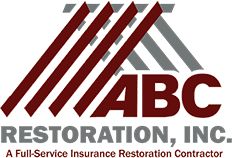Biohazardous materials pose significant health risks and require specialized cleanup procedures to ensure the safety of individuals and the environment. From bloodborne pathogens to hazardous chemicals, biohazards can be found in various settings, including crime scenes, trauma scenes, and medical facilities. In this blog post, we'll explore the importance of biohazard cleanup, the risks involved, and essential tips for safe and effective cleanup operations.
The Importance of Professional Biohazard Cleanup
Biohazard cleanup is not a task to be taken lightly. Proper cleanup and disposal of biohazardous materials require specialized training, equipment, and procedures to minimize health risks and prevent the spread of infectious diseases. Professional biohazard cleanup companies adhere to strict safety protocols and regulations to ensure thorough cleanup and decontamination of affected areas.
Types of Biohazards
Biohazards come in various forms, including blood, bodily fluids, tissues, microbiological waste, and hazardous chemicals. Each type of biohazard presents unique risks and requires specific cleanup methods and protective equipment to handle safely. Understanding the different types of biohazards is essential for effective cleanup and minimizing exposure risks.
Health Risks Associated with Biohazards
Exposure to biohazardous materials can lead to serious health consequences, including infections, diseases, and allergic reactions. Bloodborne pathogens such as HIV, hepatitis B, and hepatitis C pose significant risks to individuals who come into contact with contaminated blood or bodily fluids. It's crucial to prioritize safety and take appropriate precautions when dealing with biohazard cleanup to protect yourself and others from potential health hazards.
Safe Cleanup Procedures
Proper cleanup procedures are essential for minimizing exposure risks and preventing the spread of biohazards. This includes wearing appropriate personal protective equipment (PPE), such as gloves, goggles, masks, and protective clothing, to reduce the risk of exposure to bloodborne pathogens and other contaminants. Additionally, using EPA-approved disinfectants and following established decontamination protocols can help ensure thorough cleanup and disinfection of affected areas.
Legal and Regulatory Compliance
Biohazard cleanup is subject to various legal and regulatory requirements at the federal, state, and local levels. Failure to comply with these regulations can result in fines, penalties, and legal liabilities. Professional biohazard cleanup companies are familiar with these regulations and ensure compliance with all applicable laws and guidelines to protect their clients and the public.
Trauma-Informed Approach
Biohazard cleanup often involves traumatic events such as accidents, suicides, and homicides. A trauma-informed approach to cleanup is essential for providing compassionate and respectful services to those affected by such events. Professional cleanup technicians receive training in trauma-informed care and understand the sensitivity and emotional impact of the situations they encounter.
Conclusion
Biohazard cleanup is a critical service that requires specialized training, equipment, and procedures to ensure the safety of individuals and the environment. By understanding the risks involved, following safe cleanup procedures, and prioritizing compliance with legal and regulatory requirements, you can protect yourself and others from the dangers of biohazardous materials. Whether it's a crime scene, trauma scene, or medical facility, professional biohazard cleanup companies play a vital role in restoring safety and peace of mind to affected individuals and communities.


